Disney’s Queer Track Record: A Troubled History
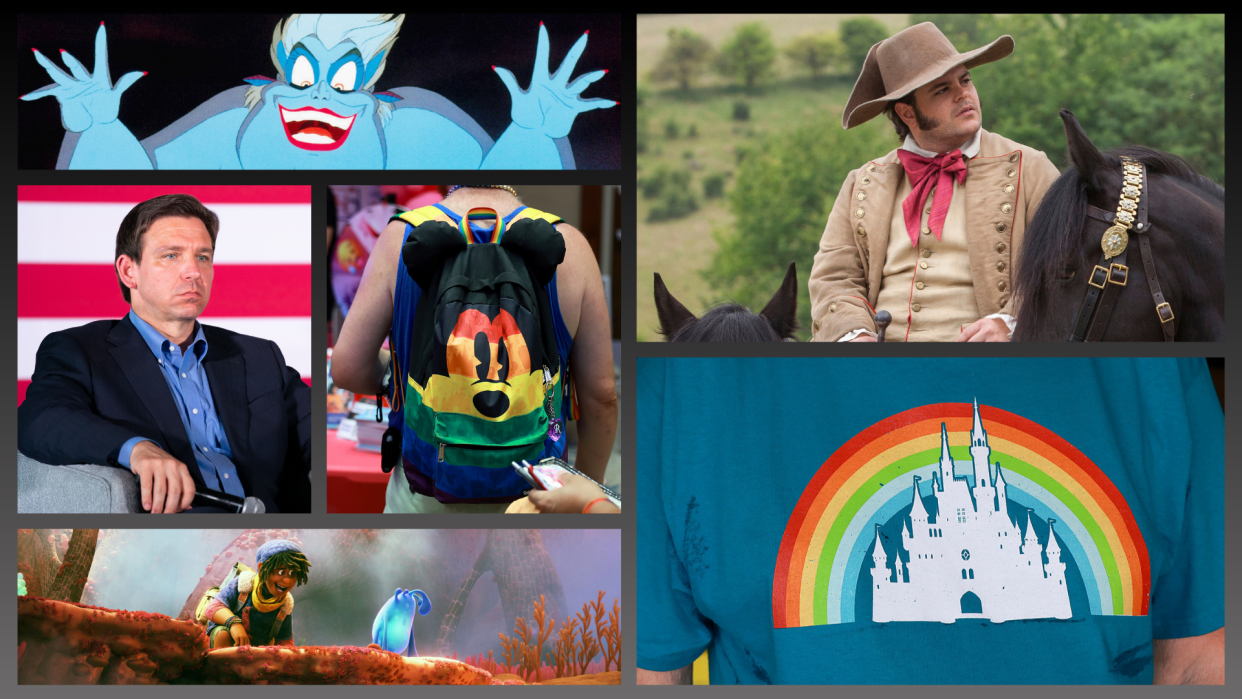
- Oops!Something went wrong.Please try again later.
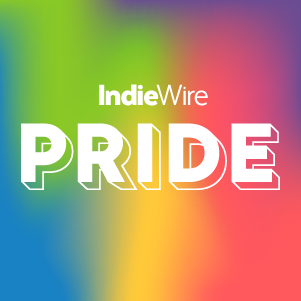
In Ron DeSantis’ astonishingly pointless vendetta against Walt Disney World, it seems the Florida governor’s favorite insult to use against the corporation is “wokeness.” Ever since former CEO Bob Chapek criticized the governor’s homophobic and transphobic Parental Rights in Education Act — which forbids discussion of gender and sexual identity in public schools — DeSantis and his supporters have repeatedly accused the entertainment conglomerate of “echoing Democrat propaganda,” and engaged in a vicious legal battle over Disney World’s self-governing tax status that’s proved a huge headache for the state.
More from IndieWire
To hear DeSantis tell it, you’d think Disney World was a paradise for gays, and Mickey himself threw the first brick at Stonewall. That’s hyperbole, yes, but not by much. The reality makes Disney look far less rosy. For starters, Chapek (who has since been fired and replaced with his predecessor Bob Iger) initially stayed mum on the act — even as multiple other companies took active stances against the bill and the public turned on companies donating to the anti-LGBTQ legislators sponsoring it. In fact, Chapek’s first official response was a company memo, in which he said the company would avoid taking a public stance, and would instead make an impact via “the inspiring content we produce.”
After the memo released, many LGBTQ Disney employees and their allies blasted the company for how it handles gay representation. Pixar workers released a letter claiming the company actively blocks the inclusion of same-sex affection and romance in their films, and ultimately staged a walkout in protest in March 2022. The public mutiny forced Disney to eventually reverse course; first by reincorporating a cut gay kiss from the “Toy Story” spinoff “Lightyear” (it lasted all of one second in the end), and finally pulling funding from anti-LGBTQ sponsors and criticizing DeSantis’ bill — which nevertheless passed on March 28, 2022. It was a public relations disaster for Disney, one that seems to mark a turning point in the very messy history between the House of Mouse and the American LGBTQ community.
Disney and the queer community have always made for strange, awkward bedfellows. On one hand, queer subtext runs galore in many of the films; gay Disney fans are a very real (and, let’s be honest, lucrative) phenomenon; and many of the most important creators in the company’s history are out and proud members of the LGBTQ community.
But Disney is also famously protective of its brand and reputation as “family friendly.” Disney executives tend to be hesitant about featuring gay characters in films in order to maintain a conservative image — and marketability in countries with homophobic censorship laws. The result is a company with a lot of gay employees that regularly pays lip service to including everyone, but rarely measures up to even the lowest standards of inclusion. Read on for a look at Disney’s long, troubled history with LGBTQ people.
The Early Disney Years: Subtext and Coding
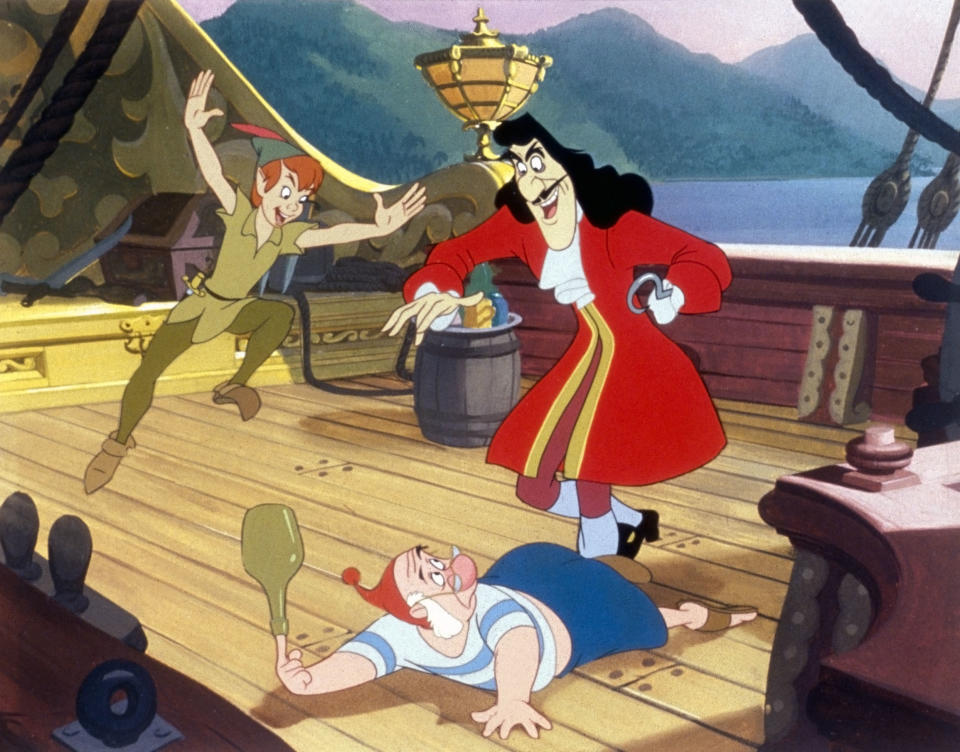
There’s shockingly little to dissect in how Disney treated its gay characters and gay employees in the company’s earliest years. That’s because Disney maintained the status quo by doing what every other studio did, and largely pretended they didn’t exist for much of the 20th century. That said, there were several films from this time that leaned on queer stereotypes, or lent themselves to gay readings.
Early shorts like “Ferdinand the Bull” (1939) and “The Reluctant Dragon” (1941) focused on characters, like a bull that loves to smell flowers or a shy bookish dragon, whose alienation from conventional gender expectations were easy to interpret as queer. As more films were made by the company, several queer-coded villains were also introduced, such as the dandyish Captain Hook in 1953’s “Peter Pan.” But these bursts of representation were nothing compared to the deluge of queer-coded characters that would arrive following the company’s late ’80s renaissance. (More on that below.)
There’s also the matter of Disney Theme Parks, which are an entire topic in themselves.
For years, Disneyland and Disney World had policies preventing attendees of the same gender from dancing with each other while at the facilities. The policy was introduced in 1957, when Disneyland first introduced venues intended for dancing. In a Los Angeles Times story from 1985, a spokesperson for the parks, Al Flores, said the policy was intended as a “crowd-control measure” to protect women and to avoid offending guests.
In 1980, two gay teen boys were removed from a dance floor in the Tomorrowland park area by security. The men filed a lawsuit, and in 1984 Orange County Superior Court ruled in favor of them. However, Disney’s lawyer William M. Bitting said in a statement after the decision that the order will not apply to others, and “If two (other) men show up tomorrow night to dance, Disneyland won’t let them on the dance floor.”
Disneyland ultimately lifted the policy the next year in 1985. Officially, the decision was made due to requests from patrons of Videopolis, a (now-shuttered) teen dance venue.
“Videopolis brings in a lot of teen-aged kids, and we see a lot of situations where two girls come together and want to dance and ask to. We have always said no, but we changed our minds,” Flores said at the time. According to Time Magazine, same-sex parkgoers were still barred from doing slow dances together until 1989, after Disney dropped the policy in response to another lawsuit.
1989-1999: Queer-Coded Villains and a Quiet Gay Renaissance
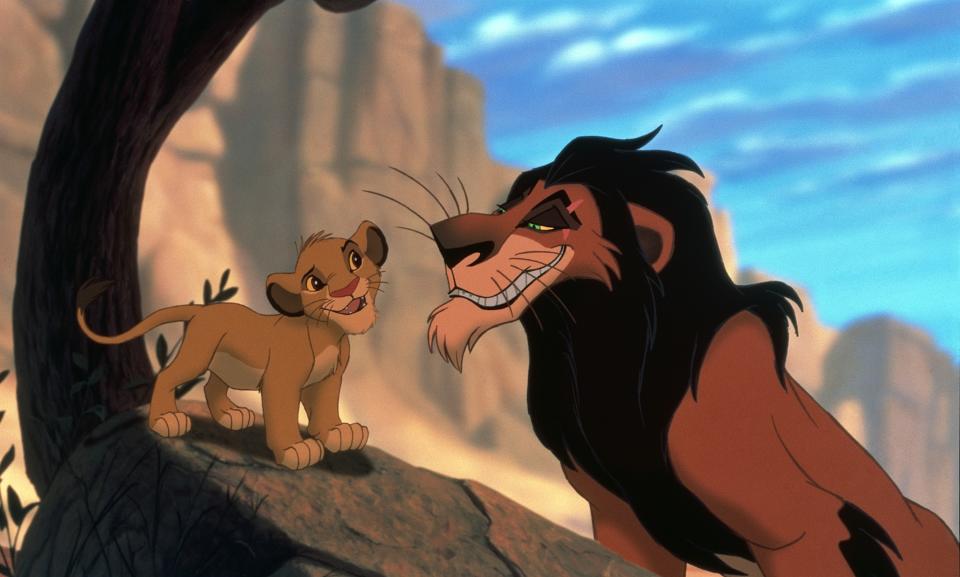
When Disney rose up from its commercial and cultural low point of the ’80s, a lot of its newfound success could be attributed to the work of LGBTQ creators. Howard Ashman, in particular, was one of the driving forces between Disney’s early ’90s creative Renaissance, writing music for “The Little Mermaid,” “Beauty and the Beast,” and “Aladdin” before his death from AIDS in 1991. The highest grossing film from the studio during the ’90s — and its highest-grossing 2D animated film of all time — was 1994’s “The Lion King,” which featured music from venerable gay icon Elton John.
Another LGBTQ creator who rose to prominence at the company during the ’90s was Andreas Deja, who worked as a supervising animator on many of the company’s most famous films. Deja specialized in animating villains, including Jaffar in “Aladdin,” Gaston in “Beauty and the Beast,” and Scar in “The Lion King.” All three characters have been analyzed by various critics as gay coded, and blatant gay subtext exists in all three films. The eponymous song “Gaston” in “Beauty and the Beast,” for example, features several men praising the brawny chauvinist through innuendo-laden, homoerotic lyrics.
These weren’t the only villains queer coded by Disney. Ursula, the villainous sea witch of “The Little Mermaid,” was patterned directly on the famous drag queen Divine. This queer coding has been criticized by some scholars as homophobic, while others in the LGBTQ community have embraced the villain as a symbol of feminist (and/or lesbian) rage. Several other movies from the ’90s have been read through an LGBTQ lens; the most obvious of which is “Mulan.” The gender-swap classic features a girl disguising herself as a man, and has been interpreted by some as transgender allegory.
So, what was it like being a gay employee at Disney during this creative peak? Complicated. On the one hand, when Ashman was diagnosed with HIV, the company supported him and built a production unit near his New York City home so he could continue working while receiving treatment during production of “Aladdin.” In 1994, “The Lion King” executive producer Thomas Schumacher — who still works at the company as the president of its theatrical wing — told The Advocate that “a lot of gay people at every level” work at Disney, and that, while some executives were uncomfortable seeing him with his partner at a retreat, the environment at the company was overall very supportive.
On the other hand, the company was one of the very last in Hollywood to offer health care coverage to the domestic partners of LGBTQ employees. The company officially made the move in 1996, after many studios had already expanded their health care plans to be more inclusive in response to the HIV/AIDS epidemic. Things at the Parks weren’t much better. In 1991, shortly after its homophobic dancing policies were lifted, Disney World became the host of “Gay Days,” an unofficial event where LGBTQ community members could visit the resort during the first Sunday of June.
Gay Days grew into one of the biggest events for Disney World, attracting over 100,000 attendees. But Disney wouldn’t officially sponsor the event, and its handling in the early years was rough. In 1994, the company posted signs outside the park warning straight attendees that “members of the gay community have chosen to visit the Magic Kingdom today in their recognition of Gay and Lesbian Pride Month.”
In 1998, an off-shoot of Disney World’s Gay Days was established at Disneyland. Years later, Disneyland Gay Day cofounder Eddie Shapiro told Time Magazine that Disney would placate straight parkgoers by handing out free white shirts to customers who unknowingly wore red, the signature color of the event. Refunds would be provided to any straight patron who complained about gay guests.
“Those were conversations that had to be had with Disney each step of the way to say, ‘Hey, by the way, that’s the definition of homophobia,’” Shapiro told Time Magazine. “Those kinds of things had to be pointed out and fought for.”
2000-2013: Continued Queer Coding in TV at Disney Channel
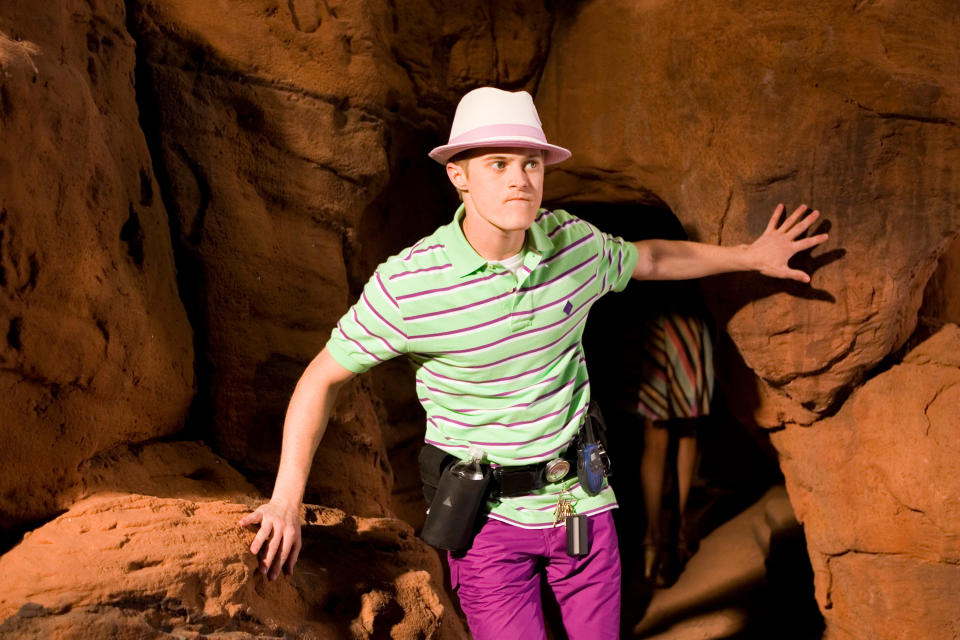
Not much of note was reported about the treatment of LGBTQ people by Disney during the first decade of the 21st century. But that’s not because Disney was actively supporting employees or fans.
Gay creators continued to be prominent at all levels of the company; for example, Kenny Ortega, who directed movies like “Newsies” and “Hocus Pocus” during the ’90s, delivered Disney Channel its defining hit with the camp classic “High School Musical” trilogy. The series featured musical theater obsessed Ryan (Lucas Grabeel) in its ensemble, and the character is one of the most blatantly queer-coded in Disney’s history. Years later, Ortega said that although Disney had the “most progressive group of people I’ve ever worked with,” he chose not to make the character explicitly gay out of concern that the company wasn’t ready to take that step in representation.
Coding and hints as the only form of representation was essentially the norm for Disney characters (and characters in all media for kids, in fairness) during the 2000s. “The Proud Family” featured the character of Michael (voiced by Phil LaMarr), an effeminate friend of main character Penny (Kyla Pratt). When the show, which aired from 2001 to 2005, was revived for Disney+ as “Louder and Prouder,” the character was depicted as openly gay, and creator Ralph Farquhar said they had to use “code” to portray the character as queer in the original run.
2013-2016: The Curious Case of Elsa
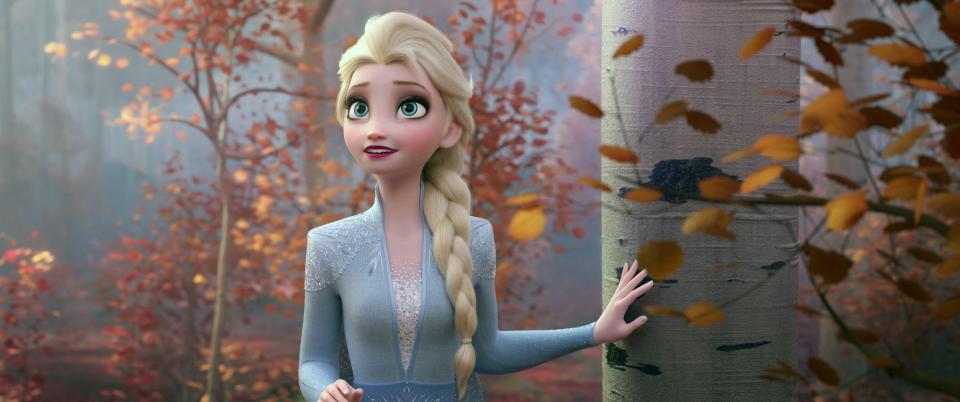
Is Elsa, the ice-spewing queen voiced by Idina Menzel in Disney’s modern blockbuster “Frozen,” gay? In the minds of most fans, that’s a very definite “yes.” The character doesn’t have any love interests in the original 2013 film or its 2019 sequel, but does have a storyline around accepting herself and the secret she hides from conventional society. Not to mention, she sings several songs (“Let it Go,” “Show Yourself”) that many have interpreted as metaphors for coming out.
But Disney has been resistant to confirming the very obvious subtext surrounding Elsa in the films, leaving the confirmation only to fan art and Onion headlines. In interviews, creators involved with the films have emphasized the importance of Elsa as a Disney Princess who doesn’t pursue romance, and instead focuses on her own self-improvement and her relationship with her sister. That’s all well-and-good, but a) we’ve since received more independent princesses without romances like Moana and b) the coyness struck many as Disney trying to have its cake and eat it too: moulding Elsa into a gay icon without running the risk of offending people who wouldn’t take kindly to the idea of a gay Disney princess.
Following the first “Frozen,” Disney began making its first real — if extremely slight — inroads for LGBTQ representation in its films and shows. A 2014 episode of Disney Channel’s “Good Luck Charlie” drew protests from hate groups after it featured a lesbian couple as minor characters. In 2017, an episode of Disney Junior’s “Doc McStuffins” introduced another pair of lesbian mothers, marking a first for the pre-school channel.
Other shows that featured minor gay representation during this time period include “Star vs. the Forces of Evil,” which saw supporting character Jackie enter a same sex relationship in a 2019 episode. In 2016, the series finale of the beloved animated series “Gravity Falls” confirmed that the characters of Sheriff Blubs and Deputy Durland were a couple; a sweet moment, but one that felt out of step with the times after Cartoon Network’s “Steven Universe” had more explicitly gay representation baked in from the beginning. “Gravity Falls” creator Alex Hirsch would later call out the company for removing LGBTQ content from the series over the course of its run.
2017-2022: Disney’s Many “First” Gay Characters and That “Exclusively Gay” Moment
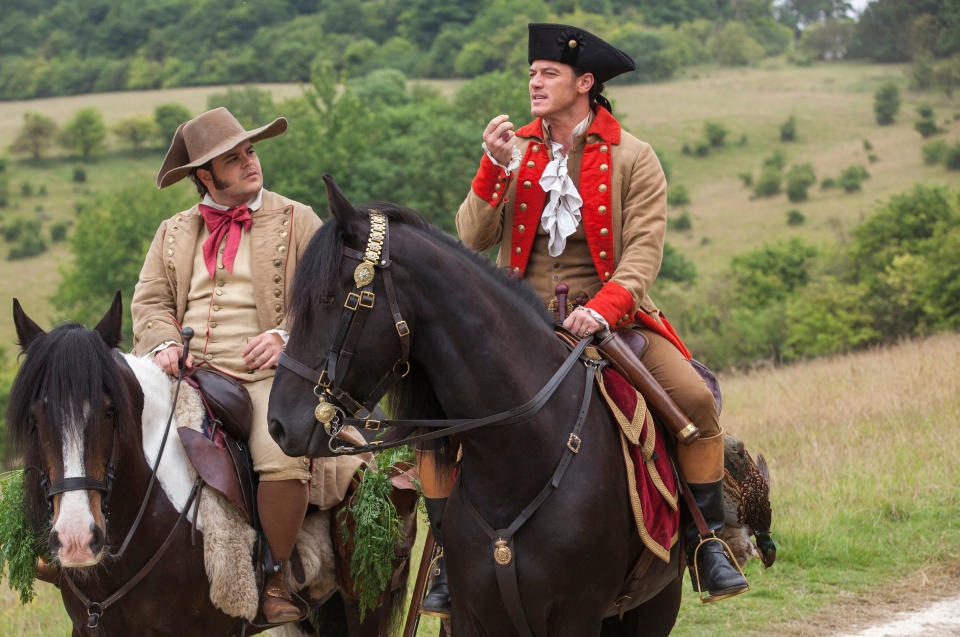
In 2017, director Bill Condon revealed in an interview with Attitude that the “Beauty and the Beast” live-action remake would feature what he called an “exclusively gay moment” involving the character of LeFou (Josh Gad). That “exclusively gay moment” amounted to LeFou dancing with another man for five seconds in the film’s climax. The discrepancy between how it was promoted and its laughably minor reality was widely mocked, and Gad even eventually apologized for it. But that was just the beginning of similar press rounds about so-called “boundary-breaking” representation from the company.
Other “first” gay characters from Disney that have popped up include: an unnamed man played by Joe Russo, who briefly mentions dating another man in a scene from “Avengers: Endgame”; the lesbians in “Rise of Skywalker,” who inadvertently birthed an iconic meme; the background lesbian moms in “Toy Story 4”; a cyclops cop in “Onward”; supporting characters in “Cruella” and “Jungle Cruise,” who don’t actually say they’re gay; and Brian Tyree Henry’s superhero in “Eternals.” Aside from the arguable exception of “Eternals,” all of these characters have felt like insulting baby steps for Disney.
In 2021, after the release of the film “Raya and the Last Dragon,” Kelly Marie Tran, who voiced the title character, said she played the role as queer, and intentionally added romantic subtext to the relationship between Raya and her rival Namaari (Gemma Chan). She said this wasn’t Disney’s official position, but called for the company to do better on queer rep going forward.
Another Disney project featuring obvious but non-explicit gay themes to come out that year was “Luca,” a Pixar film about an intimate friendship between two young boys. Disney conversely faced criticism in 2021 after execs cancelled an animated film adaptation of webcomic “Nimona,” from the now-dissolved Blue Sky Studios, which featured a love story between two men; the film has since been rescued and will premiere on Netflix in June 2023.
As Disney’s queer representation on film stalled into nothingness, things did begin to turn around on TV — at least somewhat. 2017 saw the premiere of the show “Andi Mack,” a slightly more serious Disney Channel sitcom, and the show’s second and third seasons focused on the character Cryus Goodman (Joshua Rush), who grapples with his sexuality and comes out of the closet. Gay and queer characters were also prominently featured in the “High School Musical: The Musical: The Series” spinoff on Disney+, which premiered in 2020. Disney+ also hosted a short from Pixar, “Out,” which focused explicitly on the difficulties of coming out as gay.
Disney Channel also premiered “The Owl House” — an animated show that focuses on the same sex relationship between characters Luz and Amity — in 2020, making it the first animated series with a queer lead character in the channel’s history. The show, which concluded after three seasons earlier this year, also featured a non-binary character in the form of coven head Raine.
Dana Terrace, the creator of “The Owl House” and a bisexual woman, has been outspoken about having to fight to feature queer representation on the show. Terrace was also one of the most outspoken Disney employees against Chapek during the Don’t Say Gay controversy, calling his initial statement “flowery and compassionate words to shut you up.”
2022-Present : The State of Gay and Disney’s “Strange World”
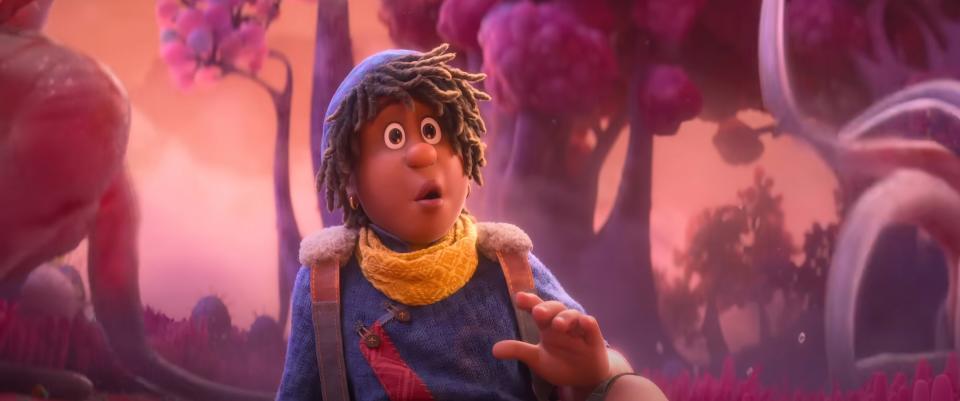
Last year, Disney released “Strange World,” which featured Jaboukie Young-White voicing Ethan, the gay teenage son of the main character. Refreshingly, neither the film nor its marketing nor the press made a particularly big deal out of the inclusion of a gay lead, treating it in a matter-of-fact way that felt far more authentic and respectful than the “exclusively” gay characters of old. The movie did bomb at the box office, but that was likely more due to the issues with marketing than Ethan — in spite of what some right-wing commentators suggested at the time.
As Disney has effectively burned bridges with conservatives via the Disney World lawsuit, there’s a possibility that the company will be a bit more willing to feature non-straight characters openly; if Disney has already alienated anti-LGBTQ audiences and sponsors, it can’t make any money by appeasing them. New shows released by Disney since then have had more open representation; see this year’s “Moon Girl and Devil Dinosaur,” which features “Pose” star Indya Moore as an openly trans middle schooler.
It’s certainly depressing that Disney is only beginning to improve on how it has handled queer characters after getting bullied into it, but based on its less than magical track record, that’s about as happy of an ending as you could expect from the House of Mouse.
Best of IndieWire
Where to Watch This Week's New Movies, from 'Passages' to 'TMNT: Mutant Mayhem'
The Best Thrillers Streaming on Netflix, from 'Nocturnal Animals' to 'Emily the Criminal'
Sign up for Indiewire's Newsletter. For the latest news, follow us on Facebook, Twitter, and Instagram.

